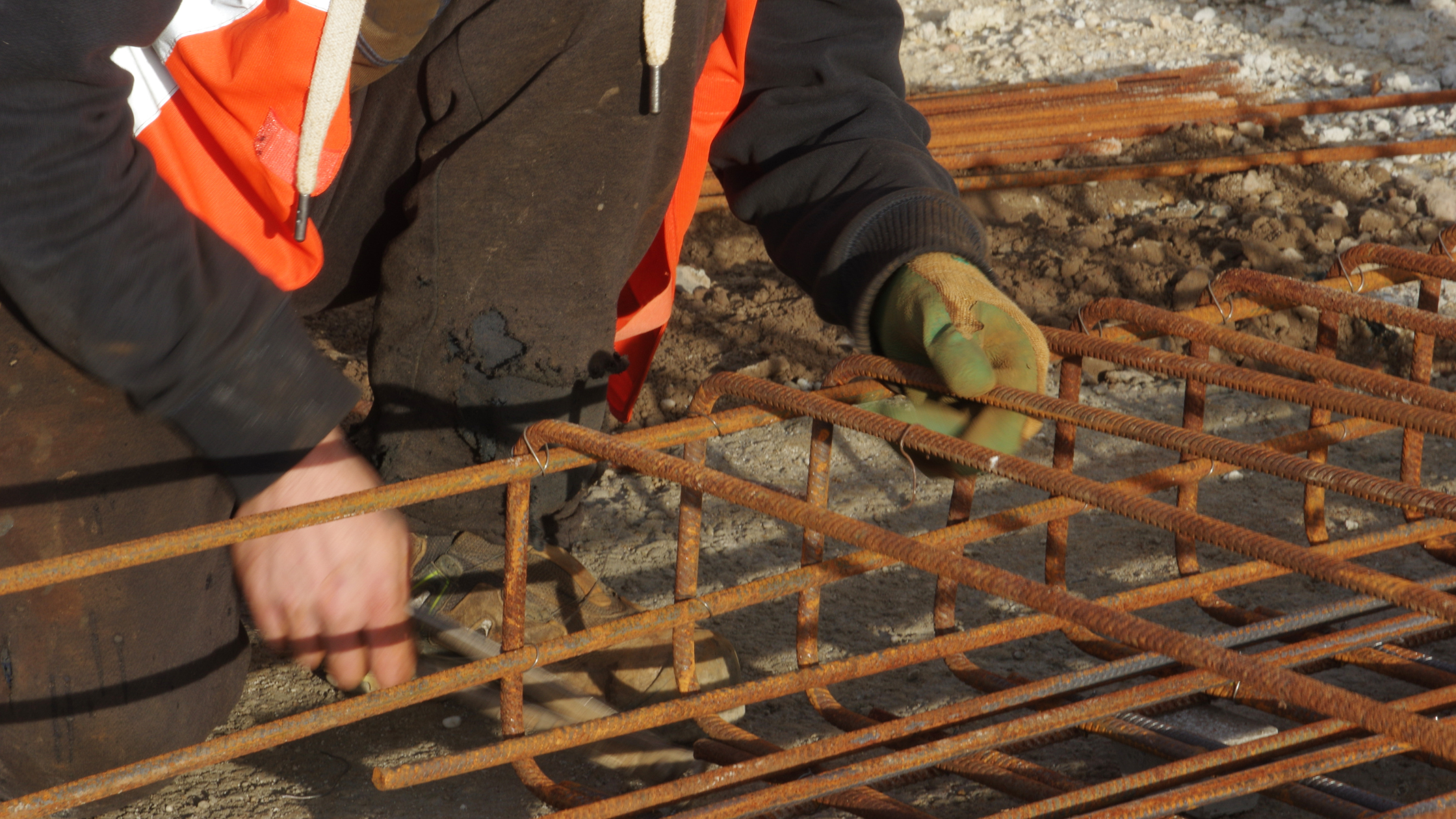REINFORCING STEEL | SIKES CONCRETE
Reinforcing steel, frequently referred to as reinforcement steel, reinforcing bar, or rebar, plays a vital role in the construction sector. As an essential component for commercial concrete contractors, reinforcing steel is utilized to bolster concrete and masonry structures, delivering the required strength and support. Since its introduction in the 19th century, the use of reinforcing steel in construction has only gained traction. In this article, we will explore the various aspects of reinforcing steel, including its properties, uses, and benefits, as well as its applications in site work, underground utilities, foundation/stem walls, and rapid strength concrete solutions.
Properties of Reinforcing Steel
High Tensile Strength: Reinforcing steel has a high tensile strength, which makes it ideal for use in construction. It is capable of withstanding high levels of stress without breaking or deforming.
Durability: Reinforcing steel is highly durable and can withstand the harsh elements and conditions found in construction sites. It is resistant to corrosion and can last for many years, even in harsh environments.
Flexibility: Reinforcing steel is highly flexible and can be easily molded and shaped to fit the specific needs of a construction project.
Ductility: Reinforcing steel has high ductility, which means it can undergo significant deformation without breaking. This property makes it ideal for use in seismic-resistant construction, as it can absorb and dissipate energy from earthquakes.
Uses of Reinforcing Steel
Concrete Reinforcement
The most common use of reinforcing steel is to reinforce concrete structures. It is added to concrete to increase its tensile strength and prevent cracking, which can lead to structural failure.
Masonry Reinforcement
Reinforcing steel can also be used to reinforce masonry structures, such as brick or stone walls. This helps to increase the structural stability of the building and prevent collapse.
Seismic-Resistant Construction
Reinforcing steel can be used in seismic-resistant construction to help buildings withstand earthquakes. The high ductility of reinforcing steel allows it to absorb and dissipate energy from earthquakes, reducing the risk of structural damage.
Bridge Construction
Reinforcing steel is commonly used in bridge construction to provide the necessary support and stability. It helps to prevent the bridge from collapsing, even under heavy loads.
Benefits of Reinforcing Steel
Increased Strength: The use of reinforcing steel in construction can significantly increase the strength of a structure. This helps to prevent cracking and collapse, which can lead to structural failure.
Improved Durability: Reinforcing steel is highly durable and can withstand harsh elements and conditions. This helps to ensure the long-lasting stability of a structure.
Cost-Effective: Reinforcing steel is a cost-effective solution for reinforcing concrete and masonry structures. It is widely available and can be purchased at a reasonable price, making it an affordable option for construction projects.
Environmentally Friendly: Reinforcing steel is an environmentally friendly solution for reinforcing concrete and masonry structures. It is made from recycled steel, which helps to reduce the carbon footprint of construction projects.
Conclusion
Reinforcing steel is a crucial component in the construction industry. Its high tensile strength, durability, flexibility, and ductility make it an ideal solution for reinforcing concrete and masonry structures. From seismic-resistant construction to bridge construction, the uses and benefits of reinforcing steel are numerous. Whether you are a contractor or an engineer, understanding the properties and uses of reinforcing steel is essential for ensuring the stability and safety of your construction projects.
Featured Blogs
SIKES CONCRETE INC.
8030 FL-77, Southport, FL 32409
850-265-4564





